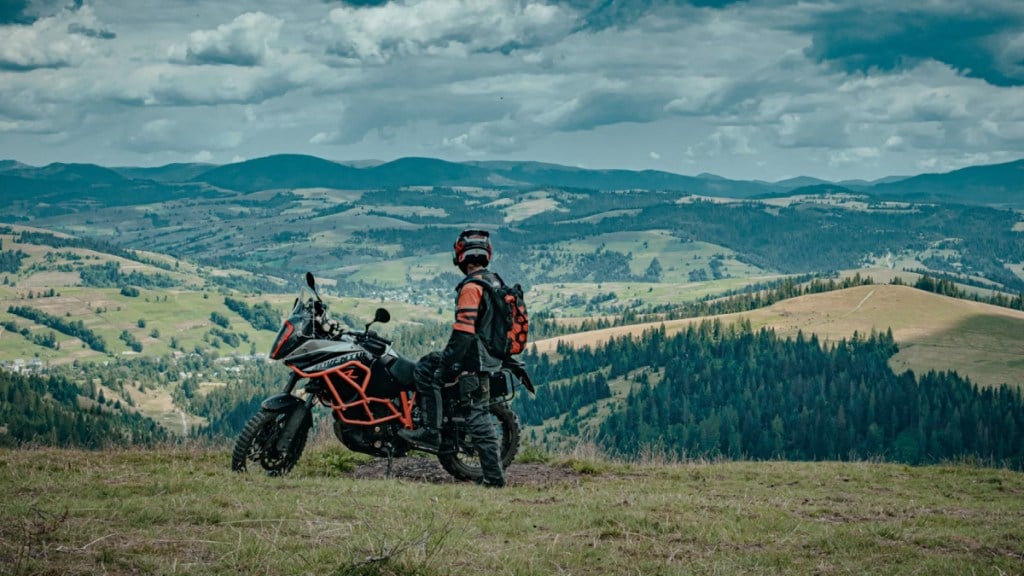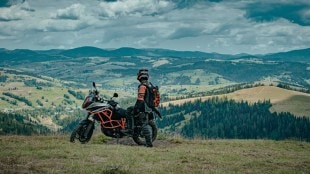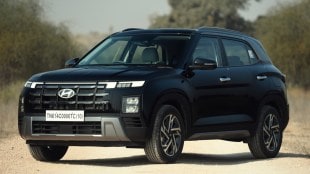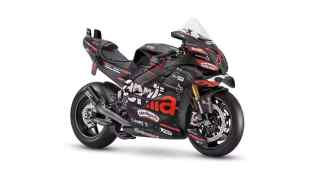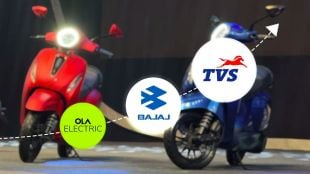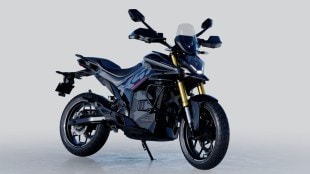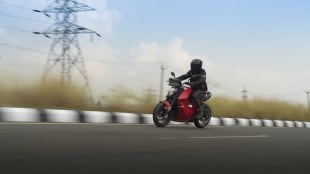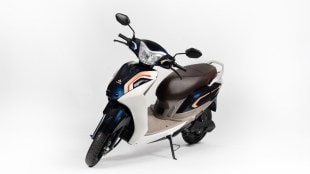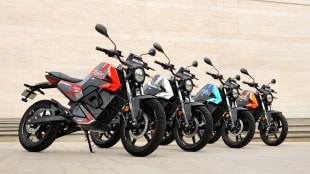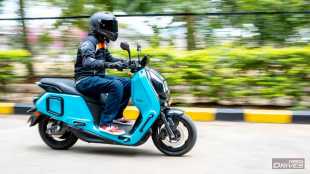The scorching heat of the summer has gone, and that means your motorcycle is aching to get you on the road. The autumn brings around a more pleasant weather and sceneries so vibrant that they beg you to head out on the highways and explore the countryside. While this mostly translates to a proper service of your motorcycle before heading out, there’s a lot more you need to ensure before getting on the saddle of your Royal Enfield Himalayan 450 or your KTM 390 Adventure X.
The breathtaking views and cooler temperatures also tag along with unique hazards that demand increased vigilance. Safety experts urge riders to conduct a thorough pre-season check on their bikes and gear to ensure a safe autumn trip and be ready for the unpredictable days.
How to get yourself and your bike/motorcycle ready for an October road trip
Two-wheeled road trip preparation is more than just spraying a layer of chain lube on the drive chain and adjusting the tyre pressures. Hence, stay around as we give you five quick tips to get your bike ready for the ultimate October trip.
1. Check those tyres
Your motorcycle has seen hot days lately, and the punishment tends to affect the tyres and wheels. With ambient temperatures dropping, tyre pressures take a hit, affecting traction and handling. Since you might be driving over fallen leaves and partially wet roads (you can never count out the occasional rains), adjust your tyre pressure to the manufacturer-prescribed levels.
You should check for tread depth, hidden punctures, and sidewall integrity. If the tyre seems to look stressed, it is always better to swap it out with a brand new one.
Additionally, getting a wheel balancing and alignment check goes a long way to secure your rides, especially if your motorcycle hasn’t seen the service center in a while.
2. Do something about the lights
With a reduction in daylight hours, you might be using your headlights more often. Stock headlamps are often not adequate for the challenging Indian road conditions and may often expose you to unseen risks hiding in the dark. Hence, we recommend upgrading headlamp bulbs and installing auxiliary lamps to better illuminate the roads. Ensure that the upgraded lights adhere to the requirements of the law as far as brightness is concerned. Also, use high beams only when navigating dark patches on highways.
It’s not just illuminating the road ahead. Check the brake lights and turn signals for any fault, as they could prove to be a lifesaver in tricky conditions. Ensure that tail bags don’t hamper the visibility of the tail lamp to motorists behind. Radium stickers and reflectors also help with additional visibility without drawing power from the battery.
3. Get the engine, brakes and cycle parts checked
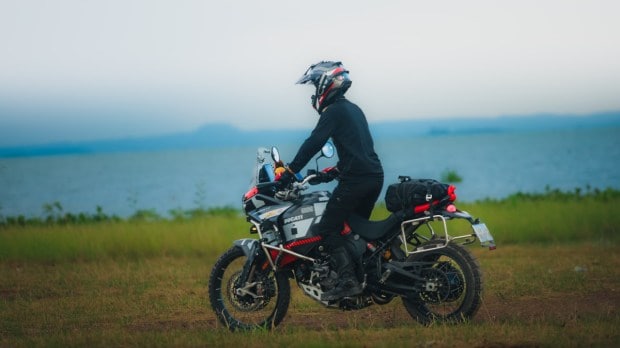
This goes for riding in any condition. Always check your engine oil levels and coolant (if your motorcycle has a liquid-cooled system) before embarking on a journey. Top up or carry a spare bottle of engine oil, if necessary. The same goes for the brakes – check the brake pads for adequate bite, while ensuring a seamless performance of the ABS system. Get the mechanics to check the condition of the battery and other crucial wiring systems.
If your ride involves thousands of kilometers, it is wise to carry a chain cleaning and lubrication kit to ensure minimal strain on the drive chain. Get the clutch cable and other crucial bits checked by a professional.
4. A layered approach to gear
Autumn is usually pleasant but the weather can always take a turn for the worse. Hence, your riding gear has to be versatile in order to keep you fit for riding. Carrying windproof and waterproof outer gear (jackets, gloves, trousers and shoes) is essential to combat temperature and moisture fluctuations. Ensure an anti-fog film on your helmet visor and avoid using darker tints on them – ensure as much visibility aid as possible.
5. Be ready for unexpected road hazards
Your motorcycle requires you to be in the best of health and hence, you need to prepare yourself for the ride. While ensuring your basic fitness is an absolute necessity, it is usually helpful to go for shorter practice runs in and around the city limits, just to get a hang of staying on the saddle for long hours. Practice emergency braking and plan your average speeds to get the most out of your journey – you need to ensure your safety above everything else.
While planning your tour, ensure that you have sufficient sleep and rest. Assign limited hours of highway riding in a day and focus on exploring the local regions. Ensure that you eat and hydrate enough to keep your attention on the road.
Extra tip: If you are into motovlogging, keep in mind that the cameras shouldn’t take your attention away from the road. If you plan to shoot a POV video, ensure you do it in areas with sparse population and traffic, with the camera not obstructing your view or ride comfort.
